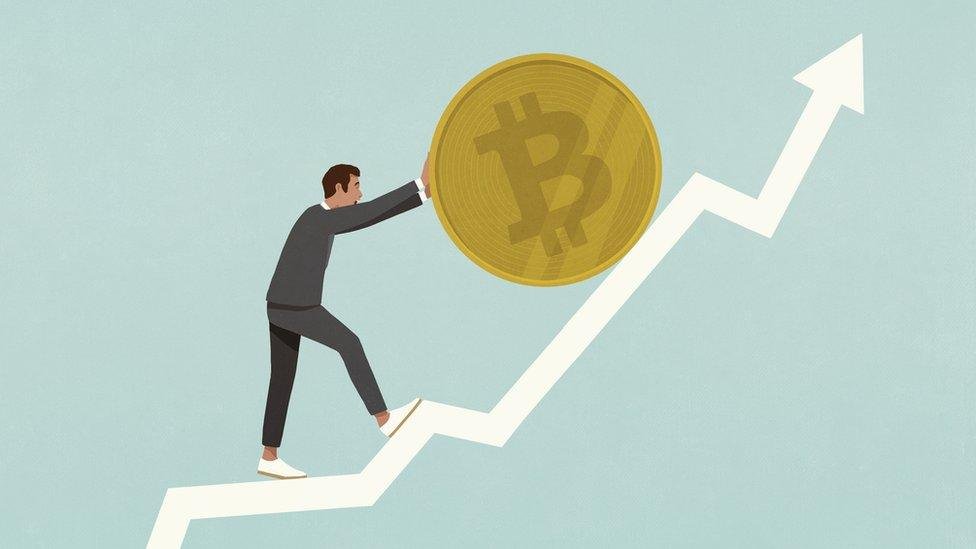Bybit Understanding the Breach and Its Impact
Bybit ’s recent security breach, which resulted in a $1.5 billion loss, demonstrated how cybercriminals continue to exploit weaknesses in cryptocurrency exchanges. Hackers manipulated UI interfaces and took advantage of flaws in multi-signature authentication, deceiving users into approving unauthorized transactions. This incident highlights the necessity of upgrading security measures across the industry.
Strengthening Security Measures Across Exchanges
To reduce the risk of future breaches, exchanges must strengthen their verification processes. Every transaction request should be cross-checked against blockchain records using MPC middleware before being approved. Dynamic ledger verification should also be implemented to provide continuous oversight of transaction histories, ensuring that unauthorized activity is flagged. Performing post-approval transaction audits can further help detect UI spoofing tactics.

Enhancing Exchange Security for the Future
To bolster security, exchanges should adopt a multi-party approval system to prevent any single individual or system from having complete control over transaction verification. AI-powered fraud detection systems can analyze transaction patterns in real-time, flagging suspicious activities for review. Regular cybersecurity training sessions for employees will ensure they remain aware of emerging threats, while securing crypto assets with insurance coverage provides financial protection in case of a security breach. The Bybit hack underscores the need for the crypto industry to invest in stronger security frameworks to counteract increasingly sophisticated cyber threats.
relevant news: HERE


















